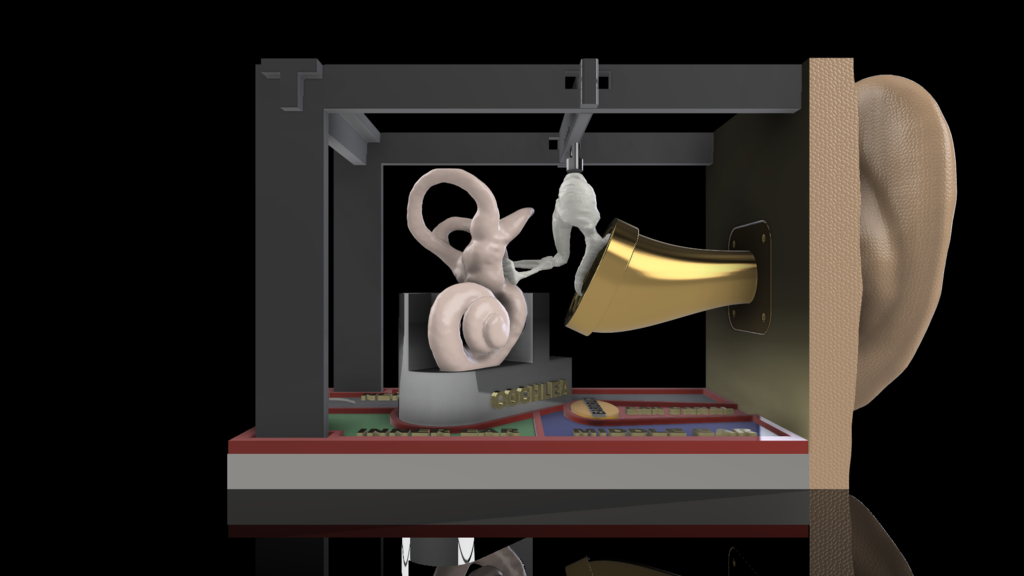
Educational Ear Structure Project
thingiverse
I created this project initially to aid my 7-year-old daughter with her science fair project. Noticing that even high-end models were unavailable or too expensive, I chose to complete it and make it free for everyone who wants to use it for educational purposes. While developing this model, I utilized Neurothing's scanned ear components and made some enhancements for better resolution. All the parts are printed and tested, but I left part orientation as specified in the CAD design. This allows users to transform it into a comprehensive STEM project from start to finish, leveraging their 3D printer skills. Many educational institutions use 3D printers, so I'm entrusting them with arranging the parts for printing. The project comes with stencils that make painting easier. The writing-related stencils have been tested; however, small paint sponges can simplify this process further. Additional stencils enable spray painting of the base sections, which are designed to expose one area at a time and protect the others. Some parts may require careful handling due to tight tolerances. When applying paint, be cautious not to add too much, as parts might fit by applying gentle force. To assemble the model correctly, attach the clip to the ossicles' top, then tie the whole assembly to the ossicles beam. If the ossicles are too tightly packed between the eardrum and cochlea, you can scale down the part slightly. The eardrum membrane should be made from plastic stretch wrapping foil, which you'll need to stretch over the ear canal's end and secure with a ring by applying gentle pressure to keep it in place.
With this file you will be able to print Educational Ear Structure Project with your 3D printer. Click on the button and save the file on your computer to work, edit or customize your design. You can also find more 3D designs for printers on Educational Ear Structure Project.
